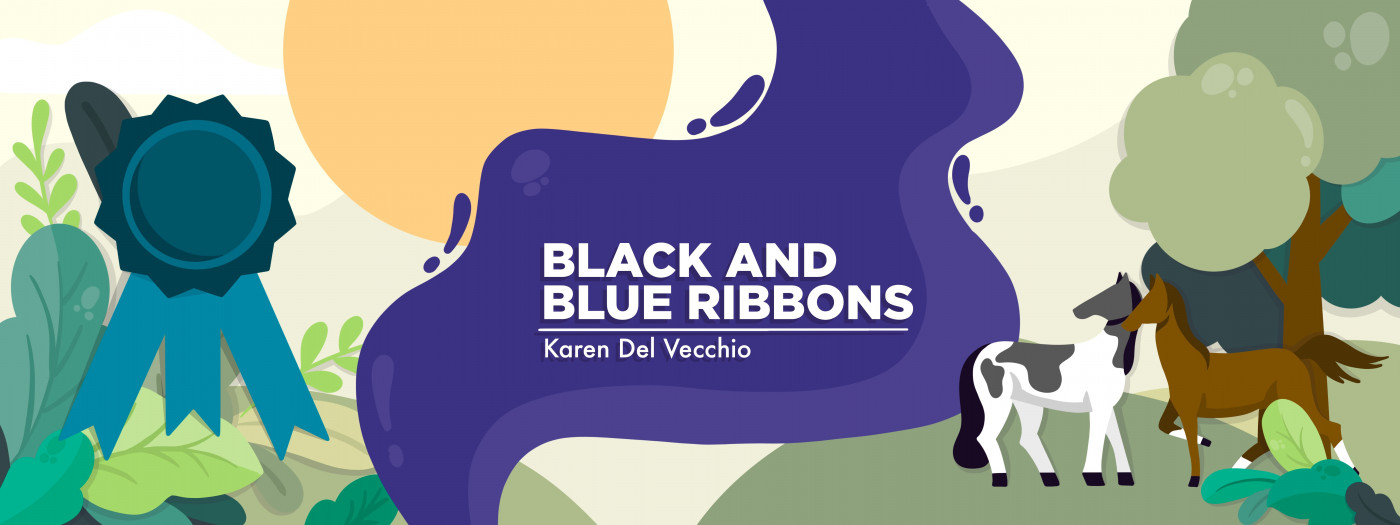A horse bite on the farm leads to massive bruising, thanks to EDS
Easy bruising is a common characteristic of Ehlers-Danlos syndrome
Written by |

Apparently, I’ve been compiling an unintended list of stupid things not to do when you have Ehlers-Danlos syndrome (EDS). First I fell out of a Kubota tractor while driving through a field. Then I was bitten on the arm by a grumpy mare who was having hoof pain and decided to share her feelings about it. My left arm will tell you that I definitely received her message loud and clear!
I was recently helping a friend who was out of town by taking care of her horse farm. I know her horses well, and I’m not typically concerned about this type of behavior from them. That evening, though, just as I was finishing up and latching the gate to the mare’s field, she whipped her head around and bit me hard on the back of my upper left arm.
I was startled, as it was both unexpected and out of character for this horse. While I knew she was experiencing some pain in her feet (which is being treated by a veterinarian and is improving), I was still surprised that she reacted like that. Just like people, though, sometimes animals respond in unexpected ways when they’re uncomfortable, and I just happened to be in the way this particular time.
Thankfully, horse bites, while extremely painful when they happen, rarely break the skin. Horses are herbivores, so their teeth are flat, and they basically pinch the skin between two flat surfaces rather than break it in the way that people traditionally think of a bite. But I knew instantly that the bruise would be massive, thanks to my EDS.
On an average person, the bruise probably would’ve been about half the size of a dollar bill. But within 12 hours, it had spread to the entire back of my arm and halfway to the front. It was exactly like the big bruises I used to get on my shins when I played soccer as a teenager before my diagnosis. It looked terrible because of my EDS, combined with the effects of gravity dragging the bruise lower. Fortunately, it only hurt in a small area.
For some reason, when I get these big bruises, the original impact point sometimes feels odd. When I touch that area either I can barely feel it or it’s the opposite, in an over-the-top way. That part always takes much longer to heal than the bruise itself, but eventually, it typically resolves itself.
I’m happy to say that the bruise is healing well, and other than feeling funny when I touch it, it’s almost gone. The horse is doing much better, too, and she’s back to her normal kind and docile self. Thankfully, since my diagnosis, I rarely get these types of bruises anymore, but they still sometimes happen. That’s just part of life with EDS, even if you’re not involved in wacky things on a farm!
Note: Ehlers-Danlos News is strictly a news and information website about the disease. It does not provide medical advice, diagnosis, or treatment. This content is not intended to be a substitute for professional medical advice, diagnosis, or treatment. Always seek the advice of your physician or another qualified health provider with any questions you may have regarding a medical condition. Never disregard professional medical advice or delay in seeking it because of something you have read on this website. The opinions expressed in this column are not those of Ehlers-Danlos News or its parent company, Bionews, and are intended to spark discussion about issues pertaining to Ehlers-Danlos.





Patricia Fritz
I would love to show you the bruise my daughter got from a saddle. It got much worse when we had to walk around for a campus tour. At the end of that tour the hematologist sent us to the ER, and that was at least a week from the original bruise incident.
My daughter has hEDS and wants to be a large animal veterinarian. It would be great to hear some of your tips.
I follow your posts!
Kristina
So glad you and your equine friend are feeling better. Hopefully you both continue to heal quickly
Ana Mercer
Hi Karen thank you for writing and sharing your articles. They are both educational and entertaining. May I know how old are you?
My husband has EDS I told him you ride horses and he says that is because you are probably too young and you were able to recover.
David N. Chorley
Given that von Willebrand's disorder is a common co-traveller in EDS ( how common, we dont know but it would make a good research project for my clinic... any offers?) I recommend getting a von Willebrands panel to all my EDS patients.
Stephanie L Murray
I can definitely relate to massive bruises from hEDS. Sometimes I have no idea how I got them. They take forever to go away and are always deep and dark. I was helping my husband with his tractor when the part I was holding shifted due to being on soft ground and it fell on my lower thigh, right above my knee. It bruised instantly and by the next day was massive and dark purple, almost black. That was almost a month ago and the bruising just now went away although you can still feel a knot that is in a straight line where the edge of the tractor part hit my leg.